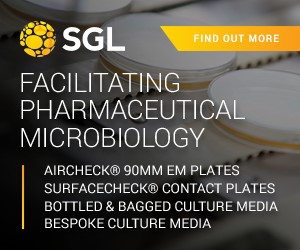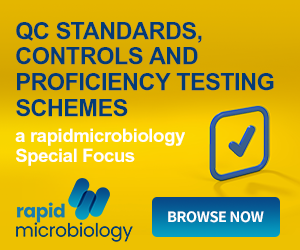AdvanDx has received FDA 510(k) clearance of the Yeast Traffic Light PNA FISH™ to identify Candida yeast species directly from positive blood cultures.
The Yeast Traffic Light™ is the latest addition to AdvanDx´s easy-to-use, molecular-based PNA FISH™ diagnostics platform that provides rapid identification of bloodstream pathogens in hours instead of days.
Candidemia, a bloodstream infection caused by Candida species is one of the most serious hospital acquired infections, afflicting over 24,000 patients in the U.S. every year. Immunocompromised transplantation, oncology and AIDS patients are especially at risk for contracting the infection with mortality rates as high as 50%.1 While identification of the infecting Candida species is used to guide effective antifungal therapy, conventional laboratory methods can take up to 5 days or longer.
For the first time, laboratories can identify, in a single Yeast Traffic Light test, up to five Candida species directly from positive blood cultures including C. albicans and/or C. parapsilosis, C. tropicalis, and C. glabrata and/or C. krusei in hours instead of days, enabling clinicians to provide early, effective and appropriate antifungal therapy for patients afflicted with candidemia.
Studies show that Candida species display varying resistance to commonly used antifungal agents. While C. albicans and C. parapsilosis are generally susceptible to the antifungal drug fluconazole, C. tropicalis may display intermediate resistance to the drug while C. glabrata and C. krusei display the highest level of fluconazole resistance.2 At the same time, recent reports indicate that caspofungin, a newer and more expensive broad-spectrum antifungal drug, may be less potent against C. parapsilosis.3 Yeast Traffic Light was designed to identify these Candida species as early as possible and provide rapid and actionable results to help clinicians guide appropriate antifungal therapy.
A recent study by Della-Latta et al. presented at the 2008 ECCMID meeting in Barcelona, Spain demonstrated that rapid identification of Candida species using PNA FISH can significantly impact antifungal selection and care for patients with candidemia. In the study, rapid identification of C. albicans led to a switch to fluconazole for 70% of the patients that had been on caspofungin.
At the same time, rapid identification of C. glabrata, a Candida species with high levels of resistance to fluconazole, led to an 81% switch to caspofungin for those patients that had otherwise been given fluconazole. Based on the study results, the authors concluded that the PNA FISH test 'can impact the appropriate selection of the most effective antifungal therapy, thereby making it a clinically relevant diagnostic assay.'4
References: -
Spellberg et al. Current Treatment Strategies for Disseminated Candidiasis. Clin. Infec. Dis. 42: 244-251. 2005 -
Pfaller et al. Epidemiology of invasive candidiasis: a persistent public health problem. Clin Microbiol Rev. 2007 Jan;20(1):133-63. -
Aperis et al. Developments in the treatment of candidiasis: more choices and new challenges. Expert Opin Investig Drugs. 2006 Nov;15(11):1319-36. -
Della-Latta et al. Impact of Rapid Identification of C. albicans and C. glabrata Directly from Blood Cultures using PNA FISH Technology on Selection of Antifungal Therapy. Poster 1382. ECCMID 2008. Barcelona, Spain.
|






